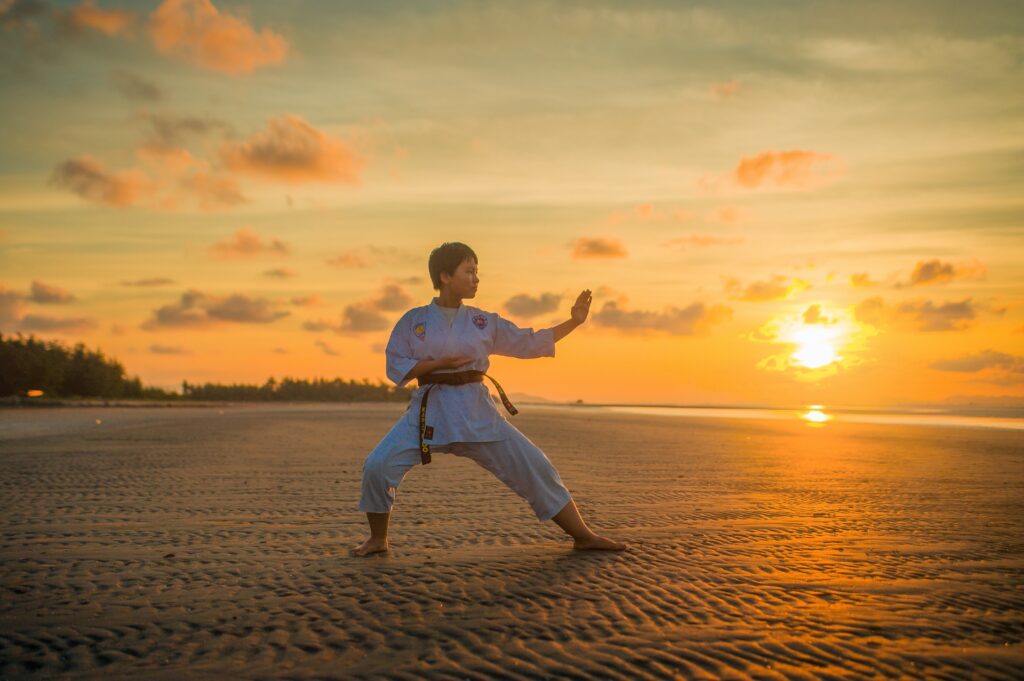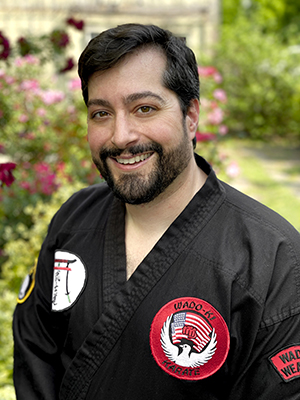Learning New Kata

Originally an unwritten means of passing down knowledge and self-defense techniques, kata are one of karate’s most powerful training tools. Often an author of a kata may have included not just their favorite techniques, but the core principles outlining a complete fighting system. The value of kata continues to expand as its practice also contains many other wonderful benefits for the practitioner.
These benefits can be molded to the individual in much the same way the techniques themselves are adapted for the requirements of the karateka practicing them. In addition to a physical workout the kata may also function as a form of meditation or means of building a stronger mind-body connection. Maybe they are practiced with pinpoint precision for a competition setting. Some perform kata as a way to reinforce drills and partner work introduced in class, using their solo practice as an additional tool in pursuit of practical self-protection. Others still may prefer to imagine themselves in a Hollywood movie defending against compliant attackers from all sides in a sort of “fight dance”. The possibilities are vast, open to interpretation and contain a variety of boons.
The execution, purpose, meaning and movements of a kata may vary from school-to-school, teacher-to-teacher and student-to-student each time the knowledge is passed on as subtle changes and adaptations are introduced.
Regardless of why or how you are practicing a specific kata, learning a complex series of techniques can be daunting. In addition to the physical prowess necessary to perform the movements there is also the mental fortitude required to make sense of it all and process the intent of those movements. Included here are a few recommendations to aid you in your kata training.
Visualization
Visualizing your movements and intent while performing the kata is a great way to utilize mindfulness in your training. But I also find it very helpful to mentally execute the kata in my mind at various points throughout the day, before bed or when physical practice isn’t an option. There are multiple ways to approach this as well. Perhaps start visualizing the kata from your own perspective, but then also try and imagine you are watching yourself from a third point of view like a spectator or as if you are seeing yourself on a TV screen. Really focus hard on your visualizations and you’ll be amazed at how fast your kata progress.
A-AB-ABC Method
When just trying to learn the order of the techniques performed I like to start with the first movement. Then, perform the first movement followed by the second movement. Follow this up with the first, second and third movement – continuing on in this fashion until the kata is complete. Give this a try and see not only how much faster you are able to initially learn a new kata but how much more proficient you become at recalling it later.
Bunkai / Analysis
“Bunkai” or the analysis of the kata, its movements and purpose is a hotly debated subject. The movements themselves are open to interpretation and may have several meanings and /or applications. My preferred way to decipher the kata is in a pragmatic self-protection oriented approach. I then like to pressure test the techniques with a partner, experiment and adapt those principles encoded within it to suit my own personal needs. Through this deeper understanding I find it much easier to recall complete katas (even long complex ones) when I ensure they have practical applications that I have associated with the movements in this way.
Kata has so many possibilities and benefits with a lifetime of training, growth and development to look forward to. I hope these ideas open some new training opportunities for you. Let me know how it’s going with a post on Facebook https://www.facebook.com/wadokikarate
-Sensei Mike

Michael Hall
2nd Degree Black Belt
